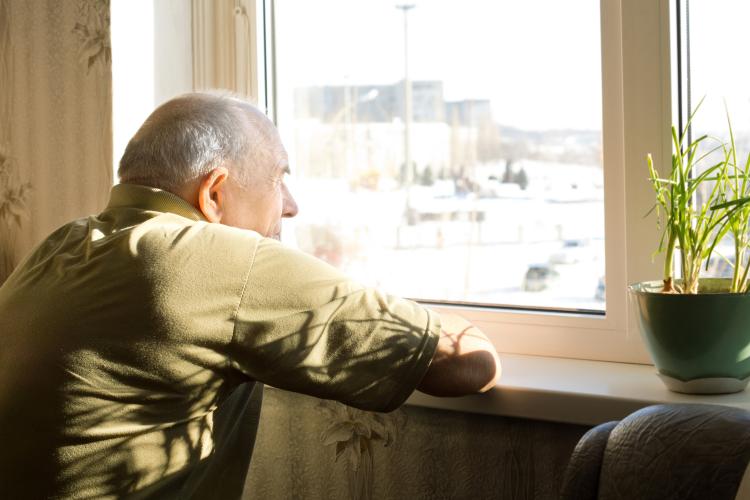
Systemic neglect and archaic staffing and funding policies in long-term care (LTC) have put thousands of older adults at risk during the COVID-19 pandemic. In Ontario, more than 1,800 LTC residents have died from COVID-19. In a few short months, more than half of the province’s 626 LTC facilities have experienced outbreaks, and LTC deaths represent more than 80 per cent of all COVID-19 deaths in this province. The death toll in Canada is 81 per cent of all reported COVID-19 deaths compared to 42 per cent in other OECD countries. These numbers, outlined in a June 2020 Canadian Institute for Health Information (CIHI) report, are alarming, and the pandemic is far from over.
Calls from RNAO to address staffing and funding shortfalls in LTC have been ongoing for 20+ years. With the arrival of COVID-19 in January, those calls only intensified. Starting March 13 – two days after the pandemic was officially proclaimed – RNAO issued the first of several member surveys through its VIANurse program, many of which specifically called for NPs, RNs and nursing students to volunteer to help the beleaguered sector, including LTC homes in an active outbreak.
While thousands of members began volunteering through VIANurse, RNAO CEO Dr. Doris Grinspun continued to provide daily email updates – which would eventually transform into a blog distributed to more than 250,000 health professionals and government officials at home and abroad. The blog included detailed information on how the pandemic was unfolding, particularly in LTC homes and among other vulnerable populations. There were daily calls to immediately establish more adequate staffing levels and a more appropriate staffing mix in LTC. RNAO was also the first to urge universal masking of all LTC staff facing residents, pre-outbreak surveillance testing, followed by robust case and contact tracing, isolation of suspected and confirmed cases, and assurances that LTC staff only work at one facility full-time.
As the cases in LTC continued to mount through February, March and April, RNAO ferociously voiced its concerns in daily briefings with Ontario’s medical officer of health, the ministry’s formal collaboration table, and the media. The voices of nurses and others who wrote to RNAO in desperation were also published on RNAO’s COVID-19 portal and blog.
“Seniors are dying. LTC staff are disheartened and exhausted. And families and communities are devastated that such a horrifying debacle can happen in our rich province. This (CAF) report has validated critical shortfalls, and is a clarion call for immediate action.”
RNAO President Morgan Hoffarth
1,800+
Number of long-term care residents who have died from COVID-19 in Ontario.
388
Number of long-term care homes that have experienced outbreaks of COVID-19.
80
Percentage of all Ontario COVID-19 deaths that have happened in long-term care.
20+
Number of years RNAO has been calling for change in long-term care.
RNJ ACCESS
You are only one quick step away from full access to all RNJ content.
Already an RNAO member? Log in
